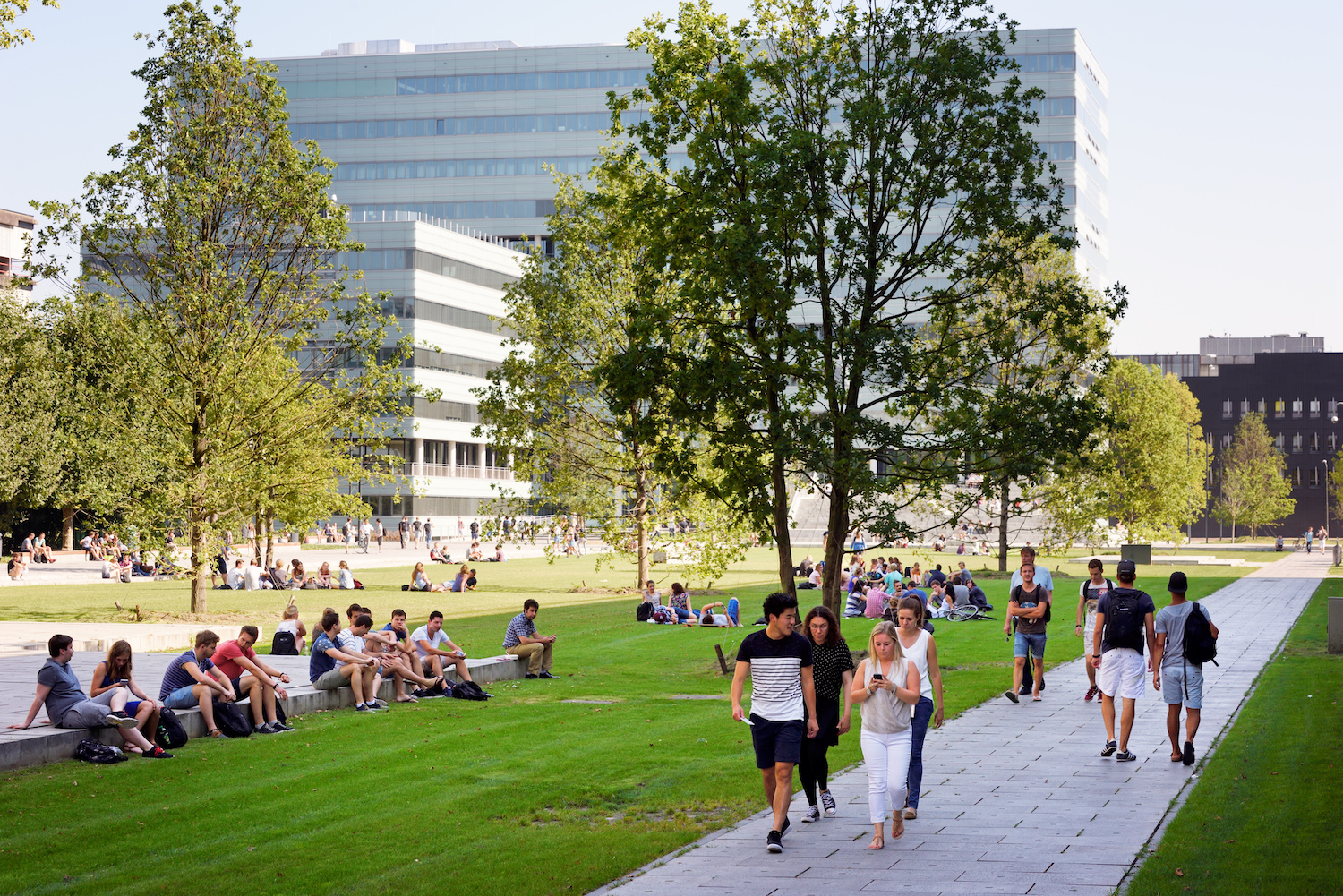2 PhD's on Laboratory experiments on the fundamentals of lightning
2 PhD's on Laboratory experiments on the fundamentals of lightning
You cannot apply for this job anymore (deadline was 17 Nov 2024).
Browse the current job offers or choose an item in the top navigation above.
Job description
Are you fascinated by lightning and have always wanted to understand where it comes from and what it can do? And are you a keen experimentalist in the field of plasma physics and/or high voltage engineering. We offer two PhD positions to work with discharges produced by up to 700kV pulses to understand how lightning starts and how it can emit x-rays.
Project description
Despite the huge impact of lightning, its fundamental properties are still very poorly understood. Within this project we will build an infrastructure of carefully designed laboratory experiments in a novel physical regime, that will provide the conditions required to understand lightning phenomena. You will use this to answer some of the major open questions in lightning and high voltage discharge research. You will provide major scientific breakthroughs to answer the questions on how lightning is initiated or how the so-called leaders and streamers emit energetic radiation (X-rays).
The experiments will be unique in the world, due to the large chamber with up to 90 cm long discharges, its highly controlled atmosphere, and its accompanying pulse source surpassing existing experiments by orders in voltage risetime and amplitude (up to 700 kV).
This research is part of the ERC Consolidator Grant project Bottled Lightning, which in total comprises four PhD positions and two PostDocs, as well as a large investment in equipment. This project is embedded in the PI-group of Sander Nijdam, called 'Extreme non-equilibrium plasmas', while most activities will be located in the Electrical Energy Systems lab at TU/e.
This research is mostly curiosity-driven. You will expose new physical phenomena and thereby lead to great insights and uses: for the lightning community, validation of simulations and theories and understanding of lightning radio emissions, and for high voltage engineers tools to improve their devices.
Open Positions
We have two open PhD-positions, available to start around June 2025:
Project description
Despite the huge impact of lightning, its fundamental properties are still very poorly understood. Within this project we will build an infrastructure of carefully designed laboratory experiments in a novel physical regime, that will provide the conditions required to understand lightning phenomena. You will use this to answer some of the major open questions in lightning and high voltage discharge research. You will provide major scientific breakthroughs to answer the questions on how lightning is initiated or how the so-called leaders and streamers emit energetic radiation (X-rays).
The experiments will be unique in the world, due to the large chamber with up to 90 cm long discharges, its highly controlled atmosphere, and its accompanying pulse source surpassing existing experiments by orders in voltage risetime and amplitude (up to 700 kV).
This research is part of the ERC Consolidator Grant project Bottled Lightning, which in total comprises four PhD positions and two PostDocs, as well as a large investment in equipment. This project is embedded in the PI-group of Sander Nijdam, called 'Extreme non-equilibrium plasmas', while most activities will be located in the Electrical Energy Systems lab at TU/e.
This research is mostly curiosity-driven. You will expose new physical phenomena and thereby lead to great insights and uses: for the lightning community, validation of simulations and theories and understanding of lightning radio emissions, and for high voltage engineers tools to improve their devices.
Open Positions
We have two open PhD-positions, available to start around June 2025:
- One PhD will investigate how lightning initiates, focusing on inception due to ice-like particles. You will start with a feasibility study and the design of a particle insertion mechanism, followed by experiments on discharge inception on ceramic ice-like particles and interpretation of the results.
- The second PhD will investigate how the discharges in our chamber, and thus also natural lightning, can produce x-rays. You will develop an x-ray detection system for use inside the chamber, and use it to understand how and why streamer-like discharges produce x-rays.
Specifications
- max. 38 hours per week
- Eindhoven View on Google Maps
Requirements
The successful candidate:
Affinity with plasma diagnostics or x-ray detection is a pre.
- has a Master degree (or an equivalent university degree) and an excellent academic record in physics and or a closely related field.
- has a strong attitude towards experimental physics with a focus on plasma physics and/or high voltage technology.
- has a research-oriented attitude.
- is motivated to develop your teaching skills and coach students.
- is fluent in spoken and written English (C1 level).
Affinity with plasma diagnostics or x-ray detection is a pre.
Conditions of employment
A meaningful job in a dynamic and ambitious university, in an interdisciplinary setting and within an international network. You will work on a beautiful, green campus within walking distance of the central train station. In addition, we offer you:
- Full-time employment for four years, with an intermediate evaluation (go/no-go) after nine months. You will spend 10% of your employment on teaching tasks.
- Salary and benefits (such as a pension scheme, paid pregnancy and maternity leave, partially paid parental leave) in accordance with the Collective Labour Agreement for Dutch Universities, scale P (min. €2,872 max. €3,670).
- A year-end bonus of 8.3% and annual vacation pay of 8%.
- High-quality training programs and other support to grow into a self-aware, autonomous scientific researcher. At TU/e we challenge you to take charge of your own learning process.
- An excellent technical infrastructure, on-campus children's day care and sports facilities.
- An allowance for commuting, working from home and internet costs.
- A Staff Immigration Team and a tax compensation scheme (the 30% facility) for international candidates.
Specifications
- PhD
- Engineering
- max. 38 hours per week
- University graduate
- V34.7794
:fill(white)/logos/tue-en-wide_acOLN2b.png)
